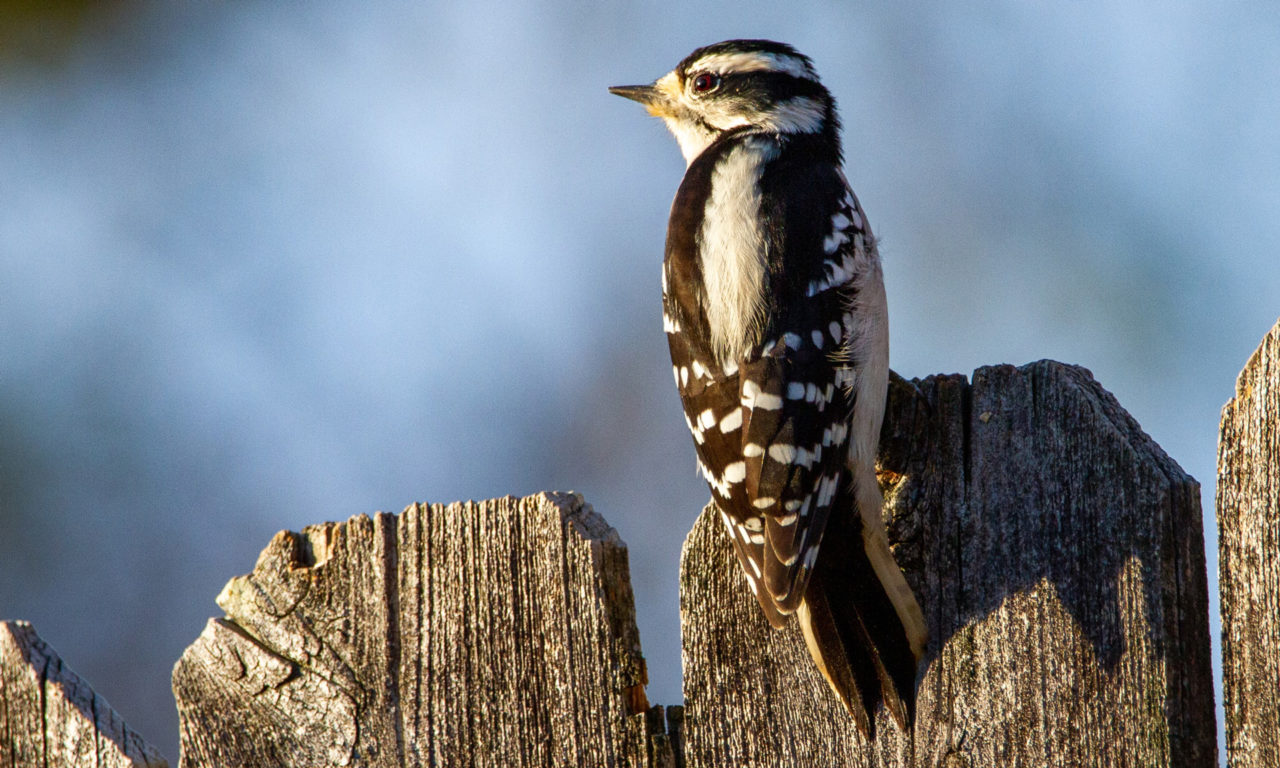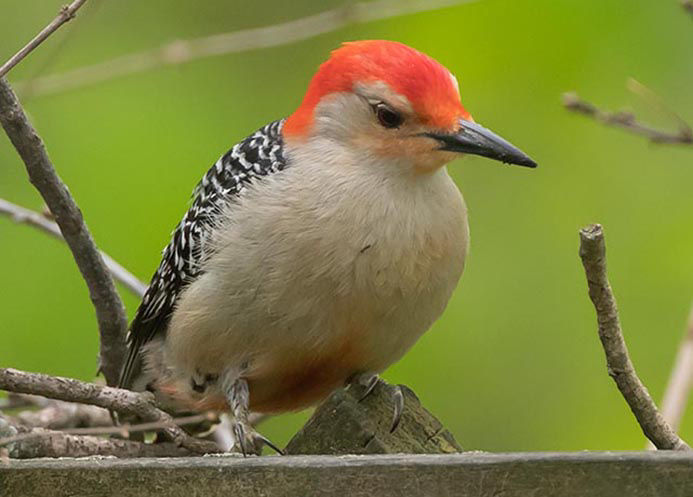Woodpeckers Unleashed: Exploring the Wonders of These Skilled Tree Mountain Climbers
Woodpeckers, with their distinctive markings and balanced drumming resembling through wooded areas, hold a special area in the bird globe. Their specialized composition and adaptations allow them to navigate upright surfaces with exceptional ability. Their mastery of tree climbing is simply one element of their remarkable habits. As we delve into the detailed details of woodpeckers' nesting behaviors, feeding techniques, and the continuous preservation efforts to shield these amazing birds, a much deeper gratitude for their location in nature unravels.
Anatomy and Adaptations
When taking a look at the anatomy and adaptations of woodpeckers, one can observe remarkable features that enable these birds to thrive in their specialized ecological niche. In addition, woodpeckers have zygodactyl feet, with 2 toes dealing with forward and 2 dealing with backwards, offering a firm grip on tree trunks while they browse for food or drum for communication.
Additionally, woodpeckers have an unique tongue framework that is long, barbed, and sticky, allowing them to extract pests from gaps in wood. This specialized adjustment allows woodpeckers to manipulate a food resource that is unattainable to numerous various other bird species. Generally, the composition and adaptations of woodpeckers display the amazing transformative services that have allowed these birds to thrive in their arboreal habitat.
Drumming Actions
Having actually explored the composition and adaptations of woodpeckers, the emphasis currently moves to comprehending their drumming actions, a distinct facet of their interaction and territorial screens. Drumming is an important kind of communication amongst woodpeckers, serving multiple purposes such as establishing territories, attracting friends, and signaling alarm. Each woodpecker species has an one-of-a-kind drumming pattern that assists people recognize members of their very own species and differentiate them from competitors or killers.
Woodpeckers generate drumming noises by swiftly pecking on resonant surface areas such as dead trees, energy poles, or even steel things, creating a collection of balanced beats. The intensity and rate of drumming can vary based upon the function; for circumstances, a quick drumming sequence may signify hostility towards burglars, while a slower and softer drumming pattern could suggest courtship (Woodpeckers in Florida). In addition, woodpeckers might readjust the frequency and duration of their drumming to communicate certain messages efficiently
Nesting Practices
Discovering the nesting behaviors of woodpeckers reveals fascinating insights into their reproductive behaviors and habitat options. Woodpeckers are understood for their one-of-a-kind nesting choices, typically excavating tooth cavities in trees to develop protected rooms for raising their young. These cavities offer not just as a nesting site yet likewise as a safe sanctuary from killers and harsh climate.
Woodpeckers exhibit a high degree of integrity to their nesting websites, commonly going back to the exact same location time after time. This habits highlights the value of suitable environment accessibility for their reproductive success. The option of a nesting website is crucial for woodpeckers, with variables such as tree species, height, and degeneration phase playing considerable functions in their decision-making process.
Surprisingly, some woodpecker types are understood to excavate multiple dental caries within their region, supplying themselves with alternative nesting options. This strategy might offer as a kind of insurance policy against potential hazards or disruptions to their main nesting site.

Feeding Strategies
Woodpeckers employ a range of specialized feeding strategies to obtain their primary food resources. Among one of the most distinctive feeding habits of woodpeckers is drumming, which entails fast pecking on trees to reveal pests beneath go right here the bark. This drumming not only assists them locate prey however likewise works as a means of communication with various other woodpeckers. Woodpeckers have solid, chisel-like beaks that allow them to pierce into wood easily. As soon as a hole is created, they utilize their long, barbed tongues to extract pests such as ants, beetles, larvae, and crawlers. These tongues are covered with sticky saliva that aids trap the target. Woodpeckers are likewise recognized to dig deep into cavities in trees to access hidden insect larvae or sap. Some species, like the acorn woodpecker, store nuts in specifically produced holes called granaries. This calculated keeping of food assists them endure throughout food shortage durations. Woodpeckers are really exceptional in their feeding techniques, showcasing versatility and knowledge in acquiring their nutrition.
Preservation Efforts
In the middle of the elaborate feeding techniques exhibited by woodpeckers, the conservation efforts targeted at securing these remarkable birds play a vital role in maintaining their environments and populaces. Woodpeckers encounter numerous hazards to their survival, consisting of habitat loss because of anchor logging, environment adjustment modifying their ecosystems, and crashes with man-made frameworks such as buildings and lorries - Woodpeckers in Florida. Guardians are proactively functioning to address these difficulties and ensure the long-term well-being of woodpecker types

Education and learning and public understanding campaigns are also essential parts of woodpecker preservation initiatives. By useful source elevating recognition about the importance of these birds in keeping healthy and balanced woodland ecological communities, conservationists can amass assistance for environment preservation initiatives and promote liable land administration practices. Through collaborative initiatives between scientists, policymakers, and local communities, we can work with each other to protect a future where woodpeckers flourish in their natural environments.
Conclusion
